The Independent's journalism is supported by our readers. When you purchase through links on our site, we may earn commission.
Why these eight wine myths are incorrect
Older wine isn't necessarily better quality
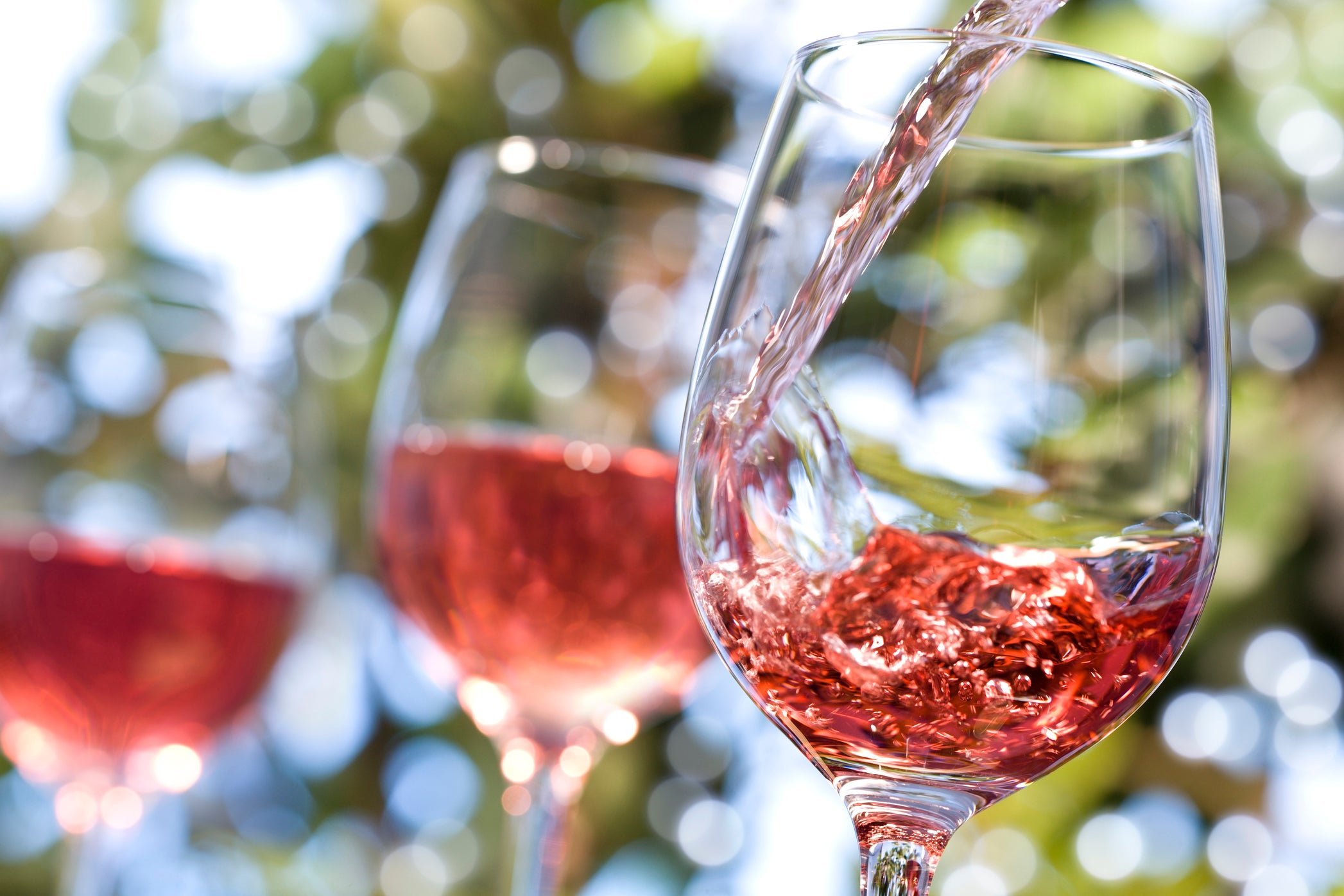
Your support helps us to tell the story
From reproductive rights to climate change to Big Tech, The Independent is on the ground when the story is developing. Whether it's investigating the financials of Elon Musk's pro-Trump PAC or producing our latest documentary, 'The A Word', which shines a light on the American women fighting for reproductive rights, we know how important it is to parse out the facts from the messaging.
At such a critical moment in US history, we need reporters on the ground. Your donation allows us to keep sending journalists to speak to both sides of the story.
The Independent is trusted by Americans across the entire political spectrum. And unlike many other quality news outlets, we choose not to lock Americans out of our reporting and analysis with paywalls. We believe quality journalism should be available to everyone, paid for by those who can afford it.
Your support makes all the difference.There are a lot of curiosities when it comes to wine, after all, it’s such a vast topic.
For a fruit that has existed for more than 65m years and has more than 8,000 documented varieties, you can appreciate it’s a bit of a daunting subject.
However, it doesn’t have to be and there’s some misconceptions that today we can easily debunk.
Below, our wine columnist, Aidy Smith, shares eight tips to lookout for on your vino journey.
Bigger the dimple, better the quality
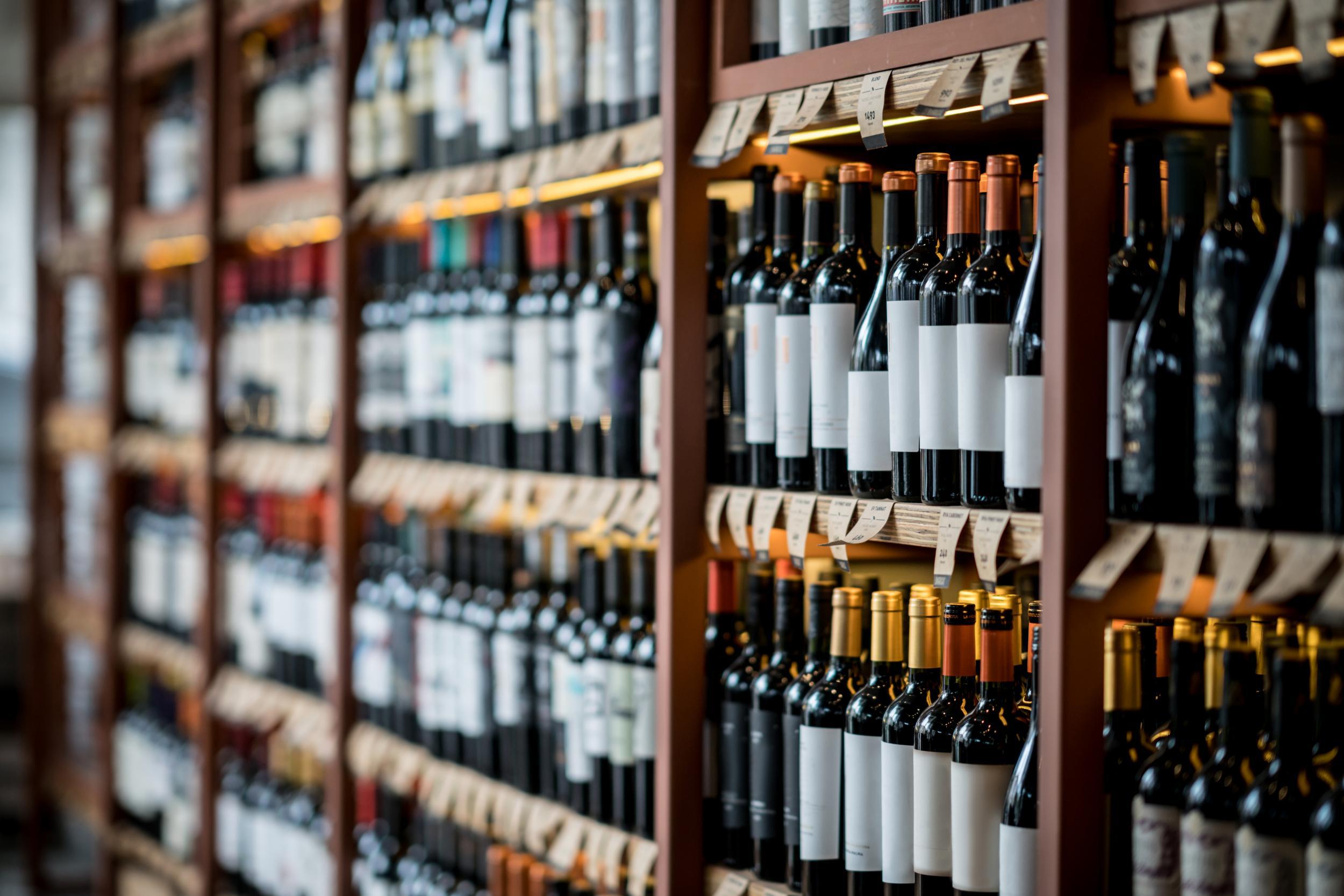
You know those dimples on the bottom of bottles that wine lovers sometimes firmly hold their fingers around when pouring? It’s assumed that this indicates a much higher-quality bottle.
Well, perhaps it will be a little more expensive because of the increased spend on glass, but ultimately, it’s all just for show.
Whether big or small, bottles look different all over the world, from the vase-shaped rosé bottles from Provence to the tall slim Alsace vessels. But, as for the dimple, beyond giving the bottle a sexier design, by no means does it guarantee better quality wine.
Screw caps are worse than corks
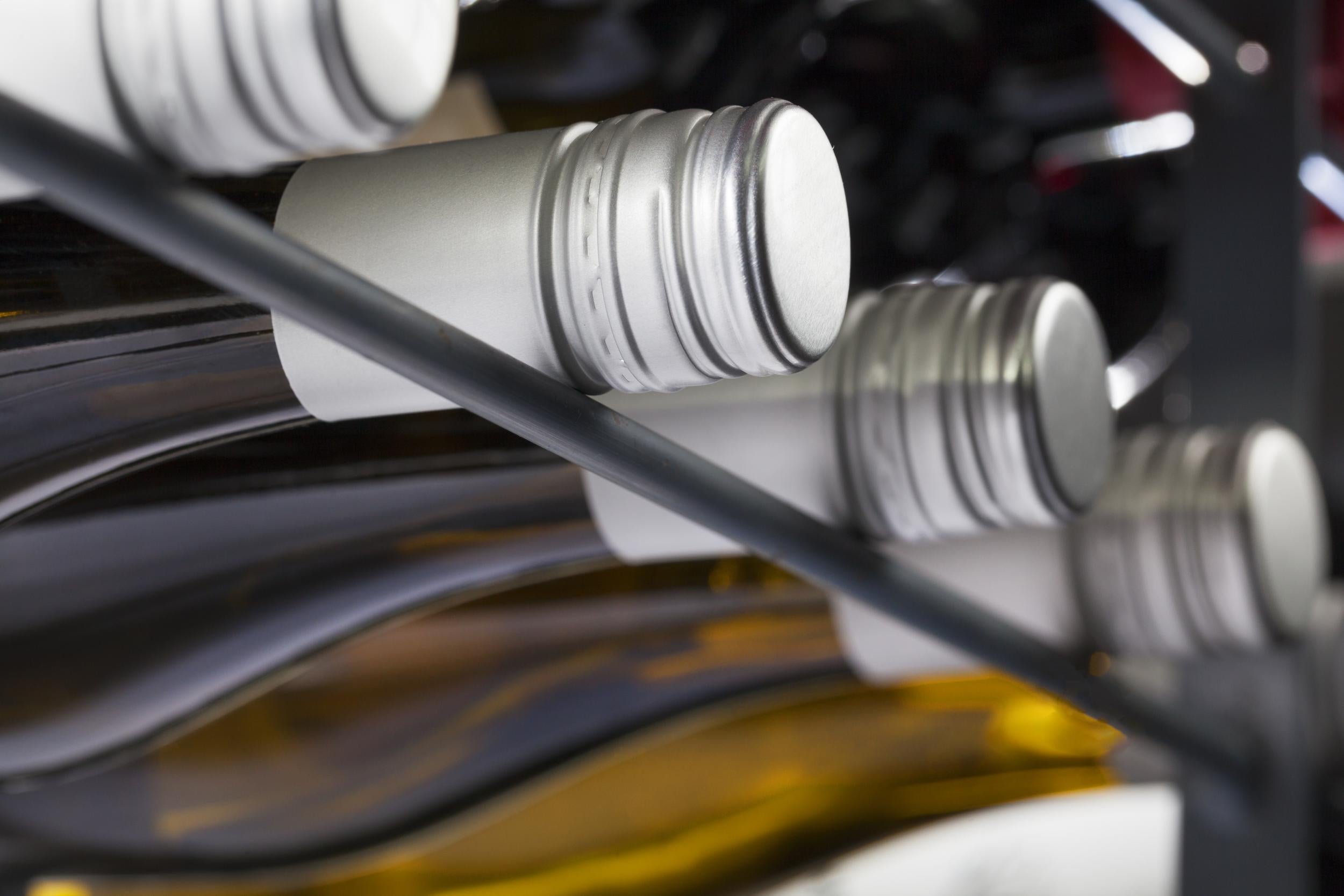
This is a really intriguing topic for multiple reasons. Are wines with screw caps worse than wines with corks? No. But there are a couple of things you do need to know, so let’s delve into why.
Firstly, if it’s a dry white wine then the chances are it was created to be consumed within a pretty short amount of time, let’s say two years. So, if we’re talking pinot grigio, sauvignon blanc or pinot gris, pop the cap and pour.
For some white grape varieties and styles such as riesling, chardonnay or white rioja - they can in fact stand the test of time, with some really reputable producers utilising screw caps on their bottles for these kinds of wines.
To date, research has shown that screw caps do allow the wine itself to age in the bottle, so science seems to be on their side.
Screw caps also not a new invention and have been used in some countries since the 1960s, growing exponentially in the past few years given how they dramatically reduce the risk of cork taint (also called TCA).
If you head over to Australia or New Zealand, the vast majority of wines, even those from really well-known wineries, use a screw cap - especially their pinot noir, shiraz and cabernet sauvignons.
In sum, no, screw caps aren’t worse - you just need to be aware of what’s in the bottle.
Calling all spoiled wines "corked"
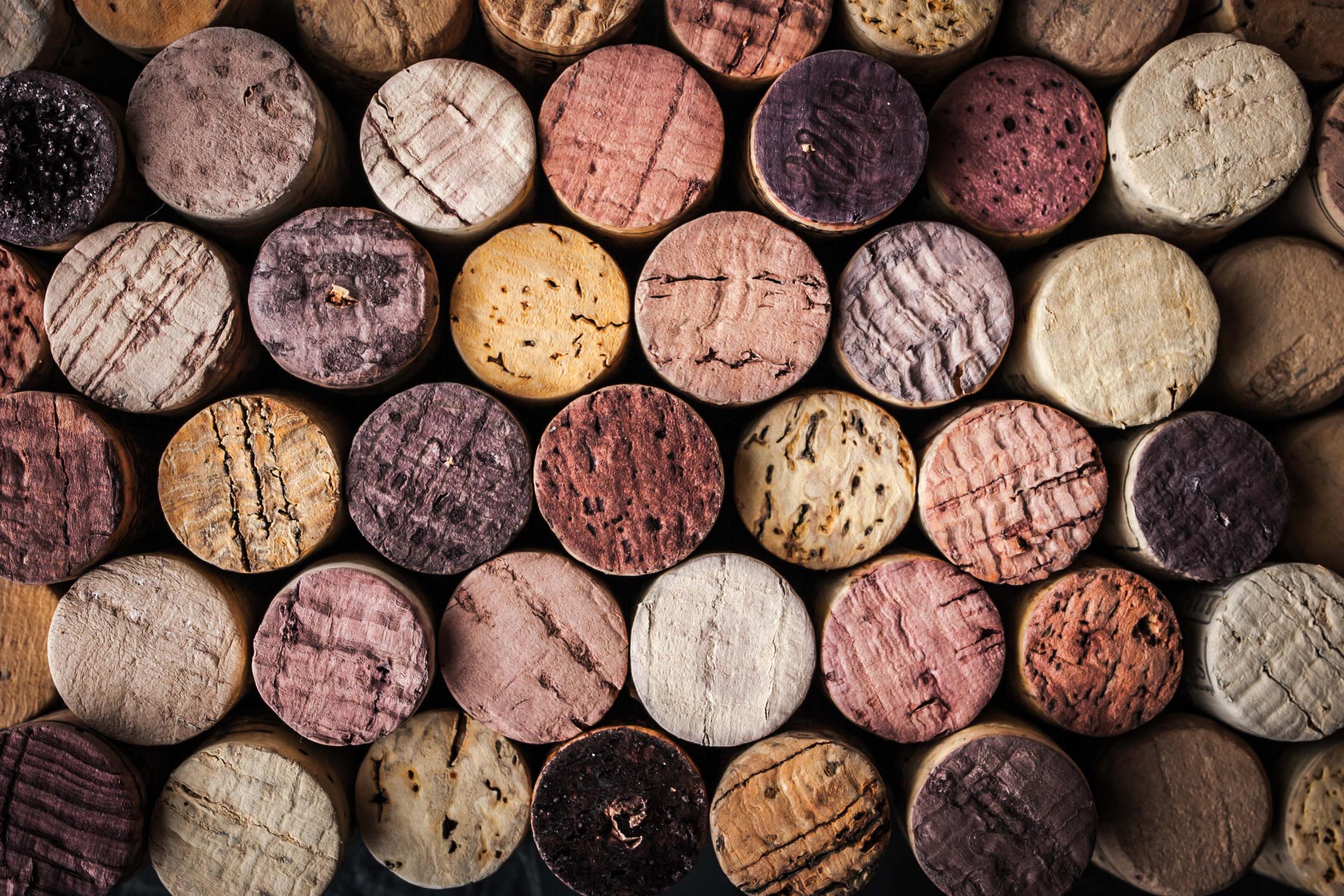
Have you ever opened a bottle of wine and it smells like cider or vinegar? Your first instinct is to exclaim to the table: "This wine is corked!!”, but you’d actually be incorrect.
A "corked" wine refers to a wine that has been exposed to a natural compound in corks called TCA (2,4,6-trichloroanisole). The result is a wine that smells like a mouldy basement or soggy newspaper.
However, if the wine smells like apple cider, vinegar or sherry (or in some cases completely flavourless when it comes to reds) the wine has become oxidised - ie somehow oxygen has found its way into the bottle and completely changed the chemical compound of the liquid in the bottle.
There are a few reasons oxidation can happen, such as the cork was poor quality or the wine hasn’t been stored properly (on its side) and so the cork has dried up allowing oxygen to enter the bottle.
Finally, a wine can also be cooked. If you’ve left your vino in the sun or next to a hot radiator, or for that matter in any hot area for a longitudinal period of time, the liquid inside will literally cook itself, with the result a wine that tastes almost stewed.
This knowledge is useful to know when ordering a bottle of wine at a restaurant and finding it has a defect, as it’s always good to be able to identify the problem to the sommelier or member of staff.
The older a wine is, the better
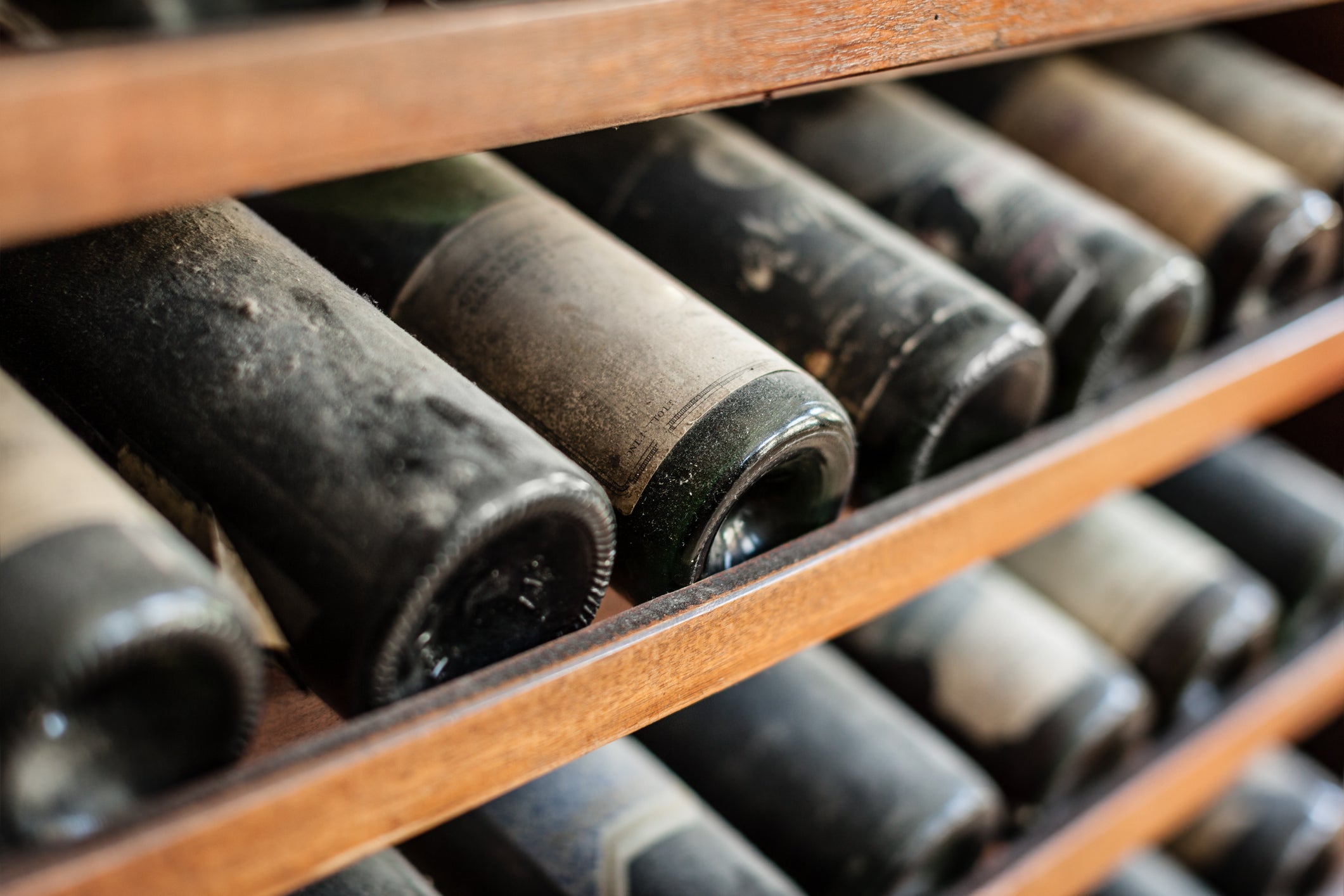
Time and time again we hear this statement and it couldn’t be further from the truth.
An older wine isn’t necessarily better, it’s just rarer.
In reality, wine preference boils down to a very simple question, what do you actually like?
If you’re into really big dark fruits, chocolate, vanilla and cassis in your wines (think cab sauv, zinfandel, syrah) then you don’t want some 30-year vintage as chances are it may have lost a lot of those characteristics. You’d actually be looking for a younger wine, perhaps around five to 10 years old.
If, on the other hand, you very much enjoy leather, herbs, soft red fruits and an almost farm-yard element, perhaps it is 20-plus year vintages that you’d enjoy.
The trick is knowing what you as a person like. Taste is such a subjective thing and you should never be made to feel like someone else’s choice is better just because it’s got a couple more years on it.
Personally, we prefer a five-to-seven-year zinfandel, 10-year cab sauv and a 20-year rioja.
Only red wines are decanted
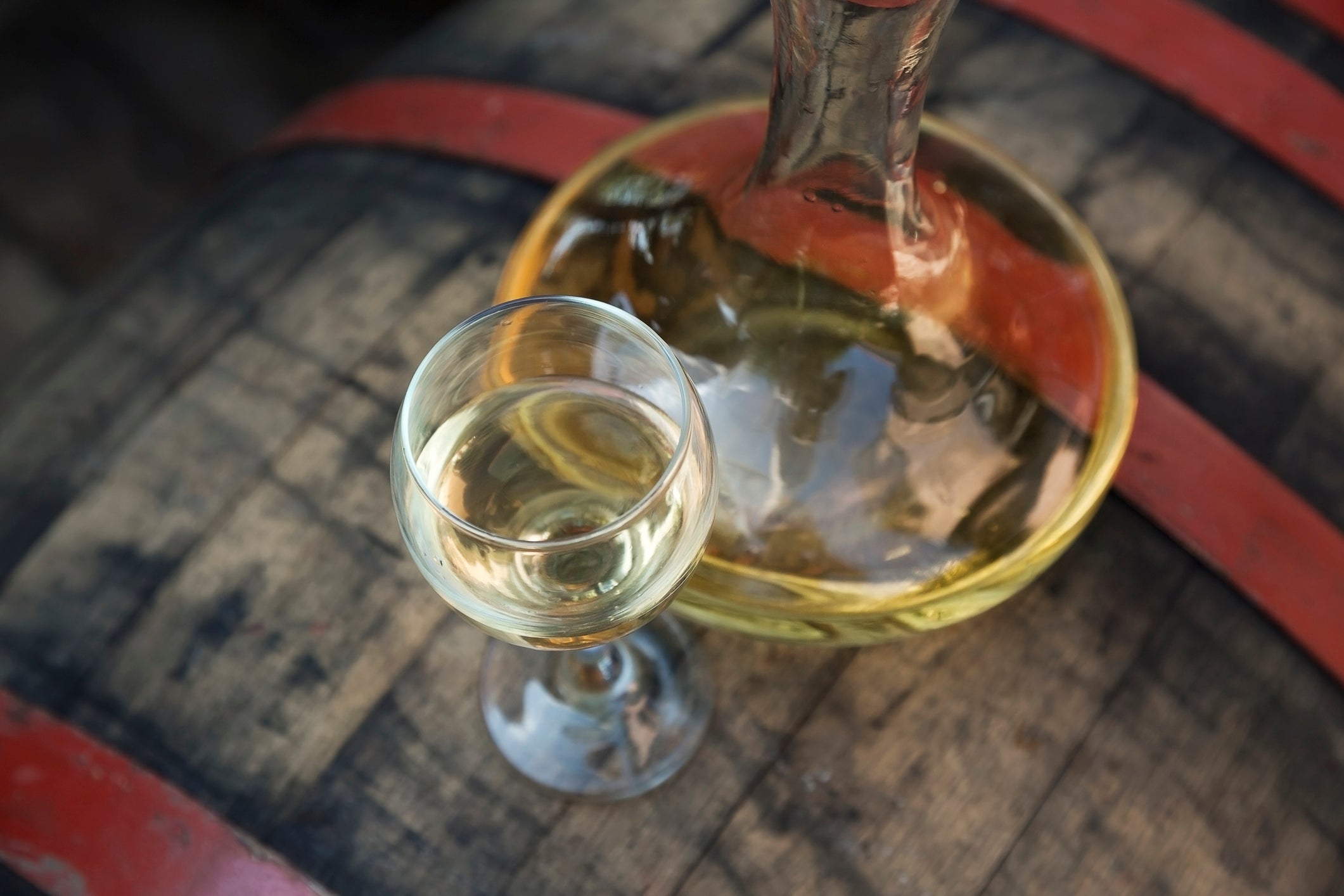
This is yet another wine myth that simply isn’t true.
If you’ve got some really old white wines such as an old burgundy or white rioja, chances are they could really benefit from an hour in the decanter.
Every wine is different and there is never a "one fits all" solution, so it’s best you keep an eye on the wine and taste it every 15 minutes to ensure you don’t overdo it.
It’s not just whites either, as you’ll probably be surprised to learn that some champagnes are also decanted. This happens especially with younger champagnes, which have a reductive style (this means the liquid has as little interaction with oxygen as possible).
When you pop the cork you can get a super tight acidic flavour profile with aromas like a struck match or sulphur, so decanting these kinds of champagnes allows the younger vintages to open up, calm down the energetic bubbles, increase the temperature ever so slightly and most importantly, express its optimum smell and flavour profile.
Popping the cork will allow the wine to "breathe"
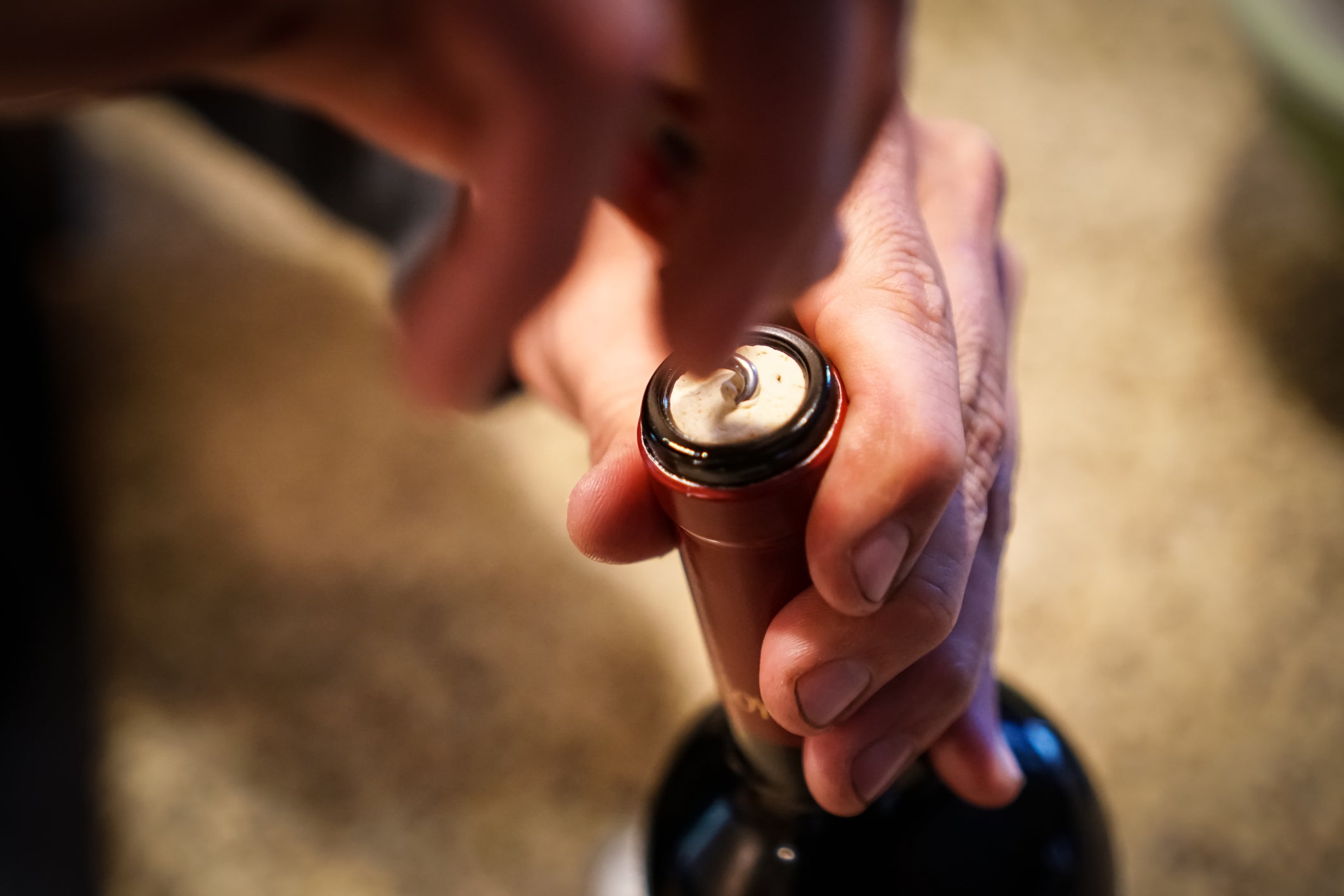
Sadly this isn’t true - the wine itself is still trapped inside the bottle with very little surface area being exposed to oxygen, so leaving a bottle open for an hour or two will have a very minimal affect.
If you truly want to "aerate" a wine, you should decant it or use a special aerating device.
But be warned, you can also over-oxidise your wine, which will completely ruin it. Make sure to keep having a little sip every now and again to identify that sweet spot, we recommend every 20 minutes.
All reds are served warm
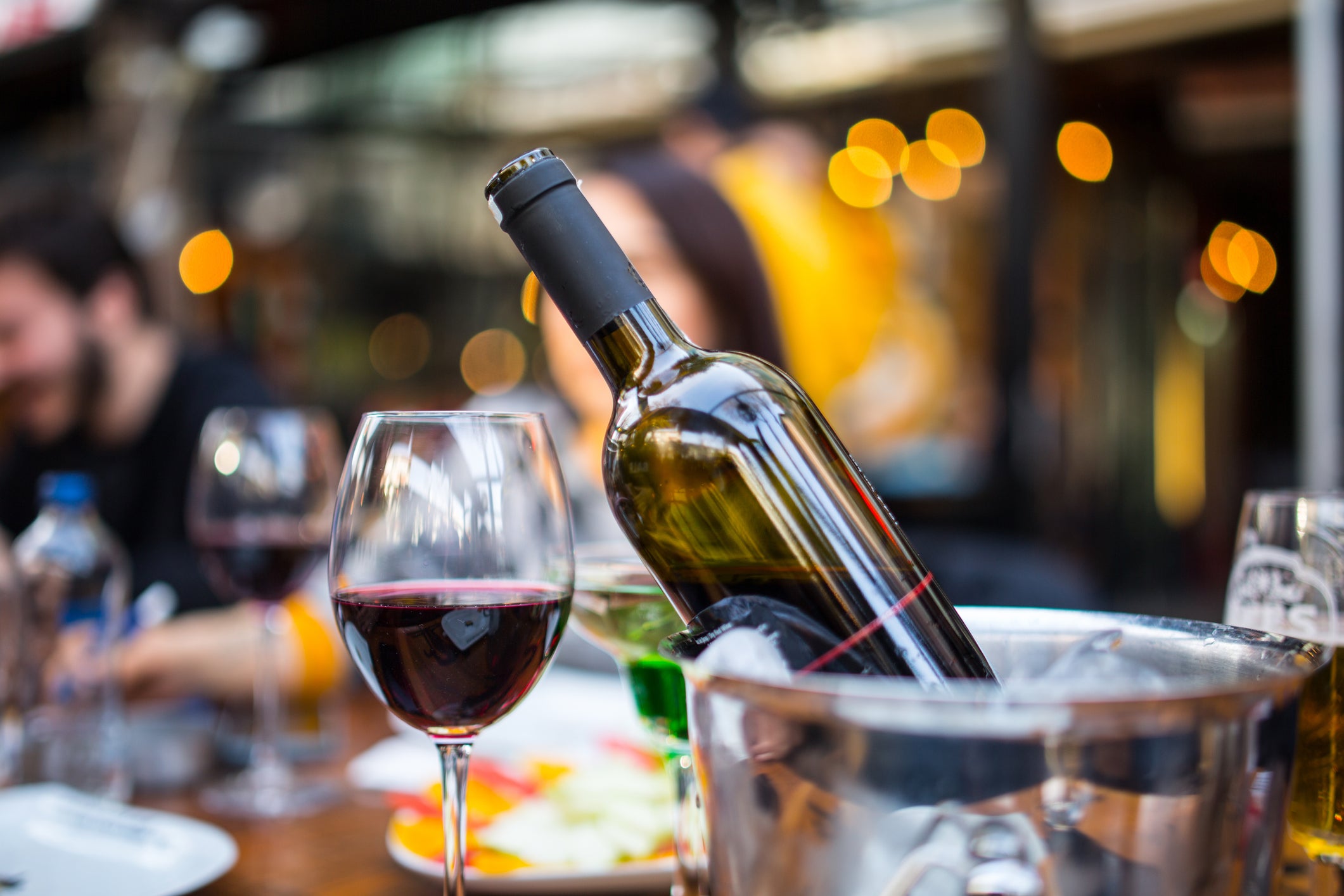
This is one of the biggest mistakes people make when it comes to wine.
Many people say red wines should be consumed at "room temperature," but even that statement is surrounded by so many misconceptions as the average temperature in Australia versus Iceland is very different.
The rule of thumb, at least in our mind, is 18C. This gives you the optimum taste profile of the wine allowing it to get a little warmer over time as it sits in your glass.
If you’re living in places like Australia or Italy, however, where it gets incredibly warm, it’s by no means uncommon to witness red wine being put in the fridge for a little before it’s served.
This allows it to stay within the 12C to 18C window for a lot longer, rather than heating up too quickly and resulting in all of the flavours of the wine being hidden by the chemical change caused by heat.
Only red wines should be paired with steak

One of our biggest pet peeves when it comes to wine is the misconception that red meats cannot be served with white wine.
There are some insanely good whites out there that can stand up to the meaty, buttery taste of steak, including a full-bodied chenin blanc, oak-y chardonnay or some kind of reductive oxidised wine from Jura. A good white rioja or white tempranillo with oak age also works.
But the fun doesn’t stop there - we'd argue a glass of aged champagne would also go incredibly well with a big steak. The fat and salt in the meat is a match made in heaven for those creamy, brioche-forward champagnes with a good structure.
Wines to discover
A wine column wouldn’t be complete without highlighting a few incredible discoveries, so check out the choices below, hand-picked as some of the top wines to delve into right now.
Bruno Paillard Nec Plus Ultra Brut Champagne 2004 - £190, $200
Orin Swift Mannequin 2017/18, £40, $32
Brewer Clifton Santa Rita Hills Chardonnay 2016 - £50, $30
Mirabeau Etoile Rosé - £13, $21
Marques de Murrieta Gran Reserva 2012 - £45, $49
Join our commenting forum
Join thought-provoking conversations, follow other Independent readers and see their replies
Comments